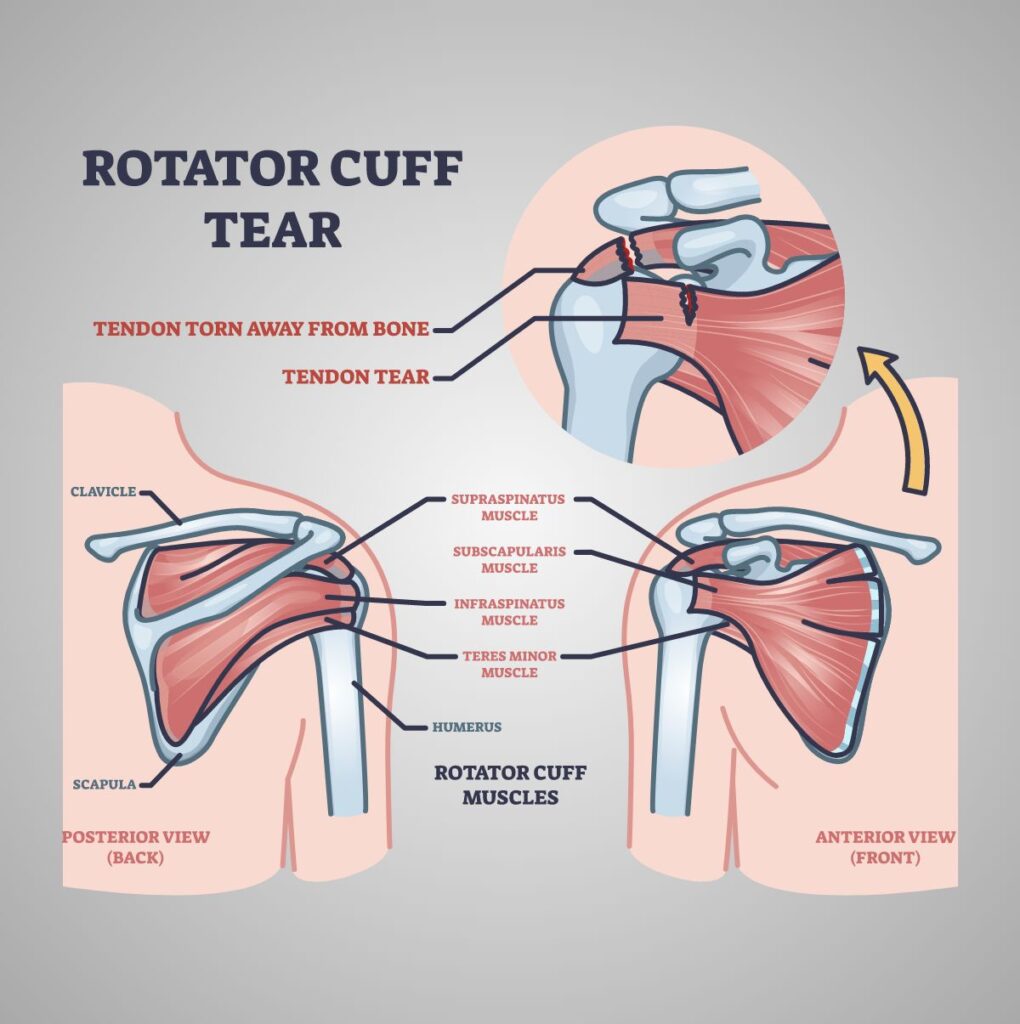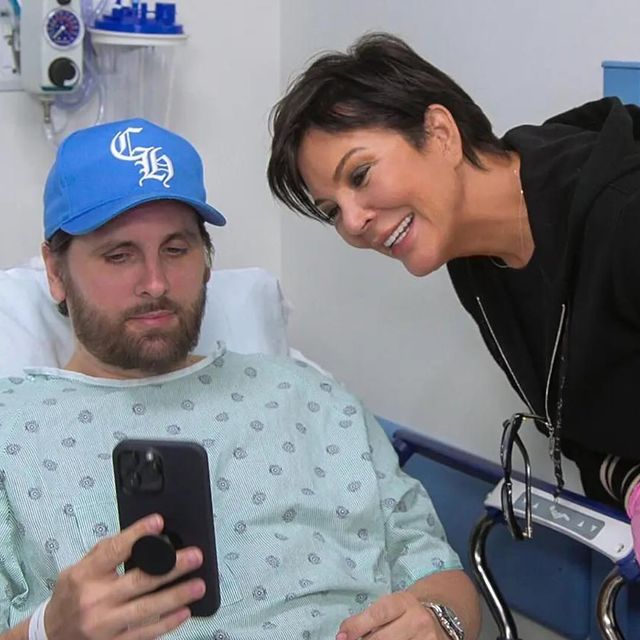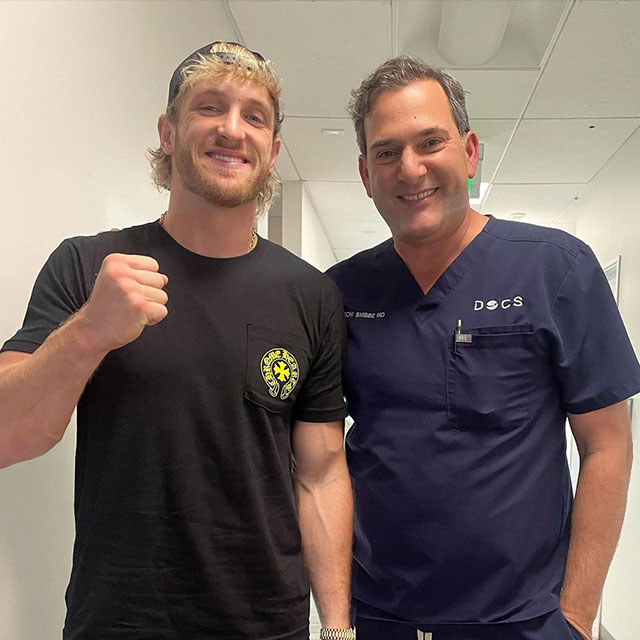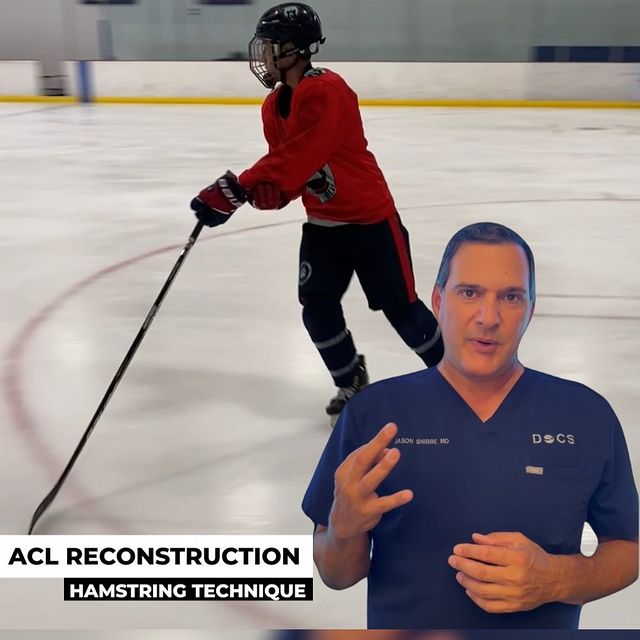Rotator Cuff Tear / Tendonitis
The rotator cuff is made of four muscles in the shoulder. These muscles form a cover around the ball of the shoulder joint known as the humeral head. This allows rotation of the arm in different directions. Tendonitis or Tendinosis is an inflammation of the one or several of the rotator cuff tendons. Patients can tear any one of the four rotator cuff tendons from their attachment to the bone(humeral head or ball).

Rotator Cuff Tear
Patients with a rotator cuff tear or rotator cuff tendonitis often complain of pain with pushing, pulling, lifting, weakness; pain at night, especially when lying on the affected side; and pain with reaching and/or overhead activity. Usually rotator cuff tears occur in people over 40. Rotator cuff tears are uncommon in young adults but can occur after a traumatic event. To determine if a rotator cuff tear has occurred, an MRI (magnetic resonance imaging) is obtained of the shoulder.
Treatment for rotator cuff tears depends on the extent of the injury to the rotator cuff muscles. Nonsurgical treatment consists of NSAIDs (non-steroidal anti-inflammatories, such as ibuprofen, Advil, Aleve, etc.) and physical therapy with exercise geared toward stretching and strengthening the rotator cuff. Steroid injections may be given to calm down the inflammation and alleviate pain. Repeated steroid injections can weaken the rotator cuff over time, so no more than three or four injections are given per year.
Patients who have failed conservation treatment and have persistent pain for three to six months may require arthroscopic rotator cuff repair. Surgery is not usually performed sooner than this, unless a person has suffered a large or traumatic tear of the cuff.






